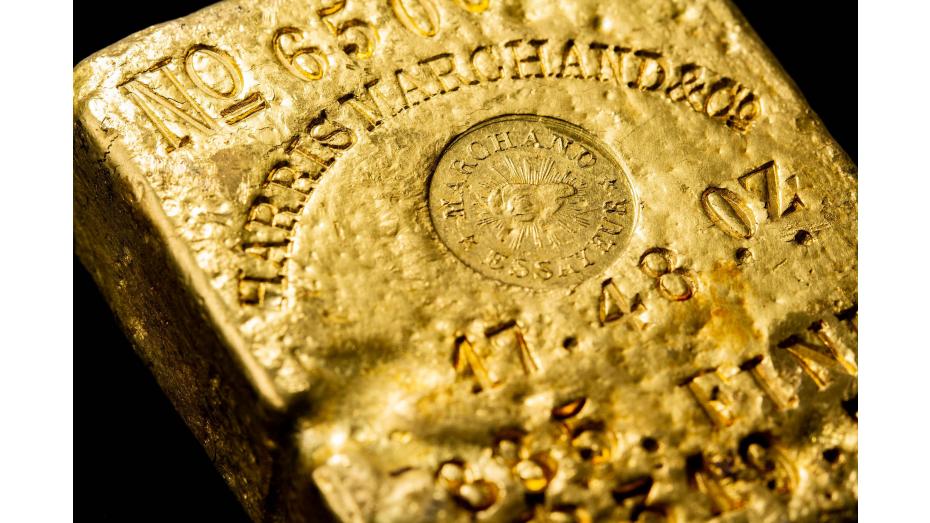Eureka! James Marshall Struck Gold!
California has long been known as The Golden State, a nickname attributed to James W. Marshall’s discovery of gold at Sutter’s Mill in 1848.
After volunteering to serve in the Mexican-American War at age 38, Marshall partnered with a California magistrate named John Sutter to construct a sawmill in an area near the American River called Coloma.
On January 24th, 1848, as Marshall went about his routine inspection of the river channel below the mill, he noticed something glistening in the water. After performing various tests on the shining material, he and Sutter determined that the substance was 23 karat gold.
Though Sutter tried to keep this exciting discovery a secret, the news was simply uncontainable. By March of 1849, a renowned journalist named Samuel Brannan confirmed the gold discovery, eventually running around the streets of San Francisco yelling, “Gold! Gold on the American River!” Brannan then cleverly opened up a prospecting equipment store in San Francisco—the only shop of its kind between the city and the river.
In the ensuing months, the discovery was picked up by papers all across the country, and President James K. Polk officially confirmed the news in an address to Congress. By the end of 1849, an influx of 90,000 miners from around the world, nicknamed “the forty-niners,” moved to California in hopes of striking it rich.
Many of those prospectors did, in fact, get their hands on the gold that inspired their move to the West Coast, which encouraged others to migrate to the West Coast. By 1860, California’s population had boomed from its estimated 110,000 residents in 1848 to an astronomical 379,994.
In order to keep up with the rapid insurgence of gold in the American economy, Congress authorized the establishment of the San Francisco Mint. Beginning operation in 1854, the US Mint’s newest branch rapidly began striking gold rush bullion into coins for circulation. Among the gold coins most abundantly struck were the $10 Liberty Head Gold Eagle, the $20 Liberty Head Gold Double Eagle, and the era’s true workhorse coin, the $5 Liberty Head Gold Half Eagle.
San Francisco’s production helped mitigate California’s coin shortage, but it wasn’t long before the demand for coins grew beyond the Mint’s capacity. In 1874, with the state’s population quickly approaching 800,000, the San Francisco Mint moved to a larger facility more equipped for meeting its skyrocketing demands.
Over the course of its run from 1874 to 1937, the second San Francisco Mint building produced over nine billion coins. This Mint branch was so crucial that at the peak of its production, it held over $300 million worth of gold—a staggering one-third of the entire United States gold reserve. Due to its six-foot-thick granite foundation, this monumental building was able to withstand the devastating 1906 San Francisco earthquake, giving it the nickname of The Granite Lady. Though the building is no longer in operation today, it still stands as a National Historic Landmark and an iconic piece of numismatic history.
Today, Gold Rush Era coinage remains in high demand and is coveted by collectors far and wide. As the San Francisco Mint continues to strike millions of coins and Sutter’s Mill remains a popular destination for countless tourists every year, it’s safe to say that James Marshall’s 173-year-old discovery made a lasting impact on our nation and the world.






